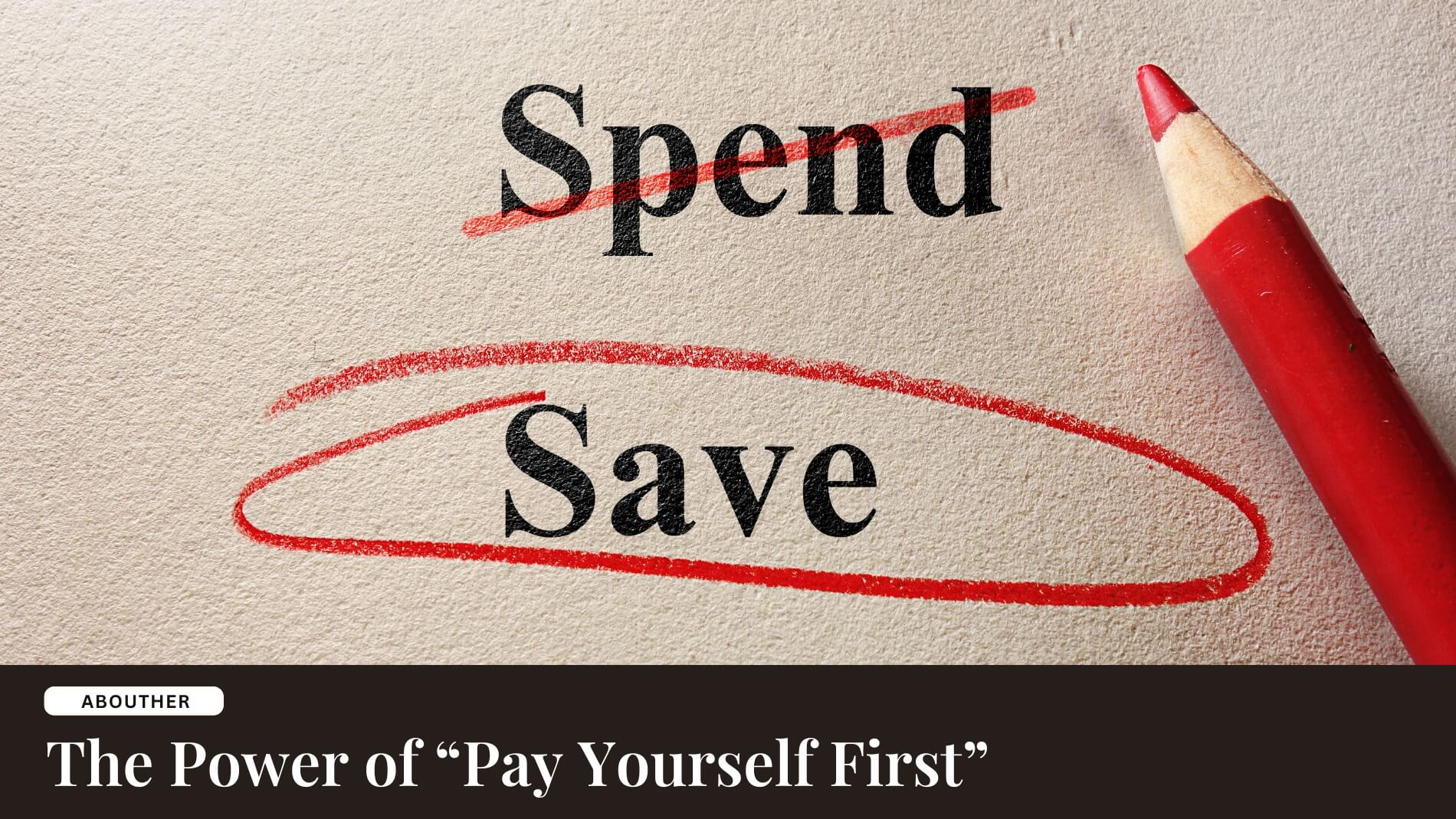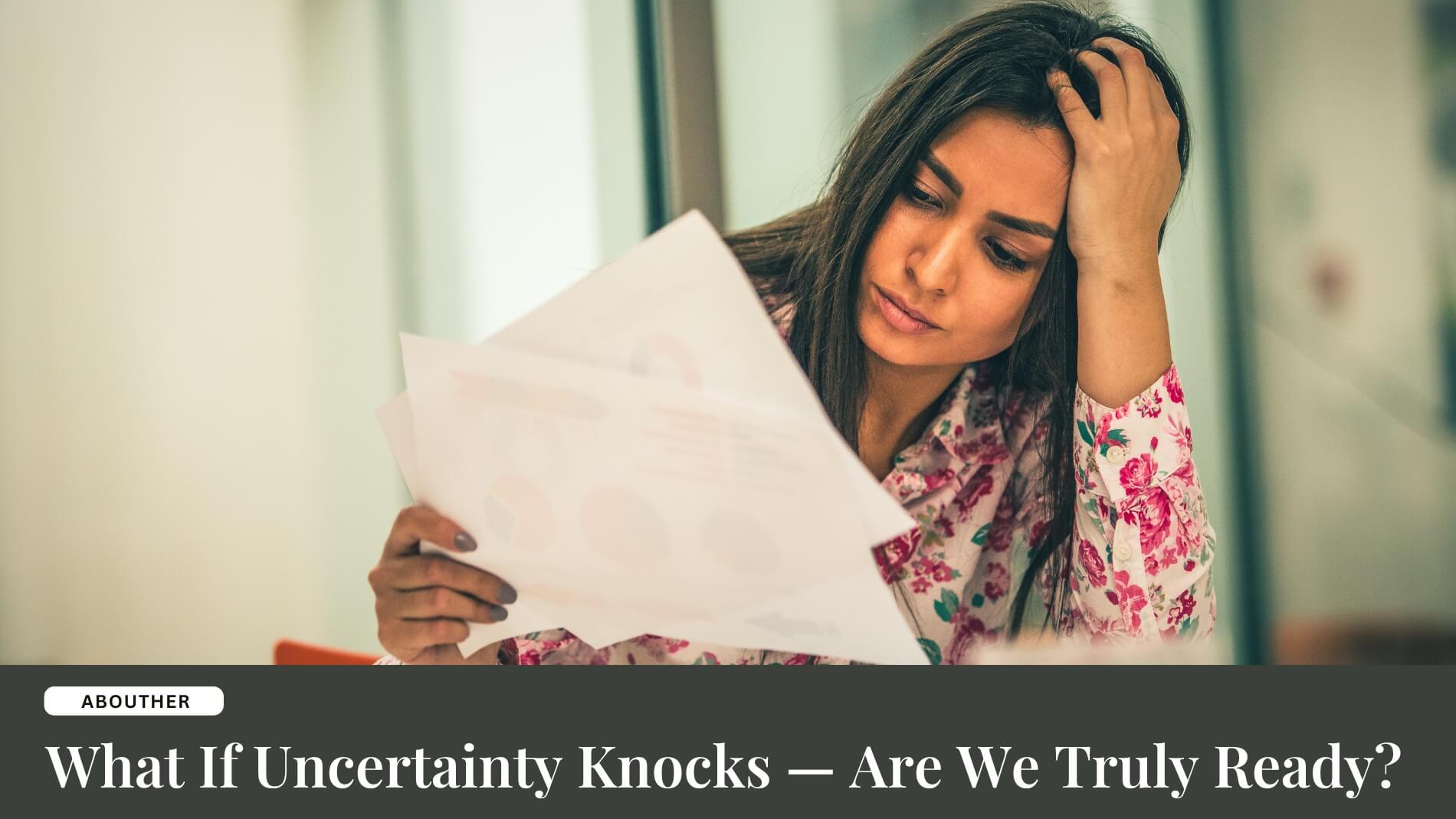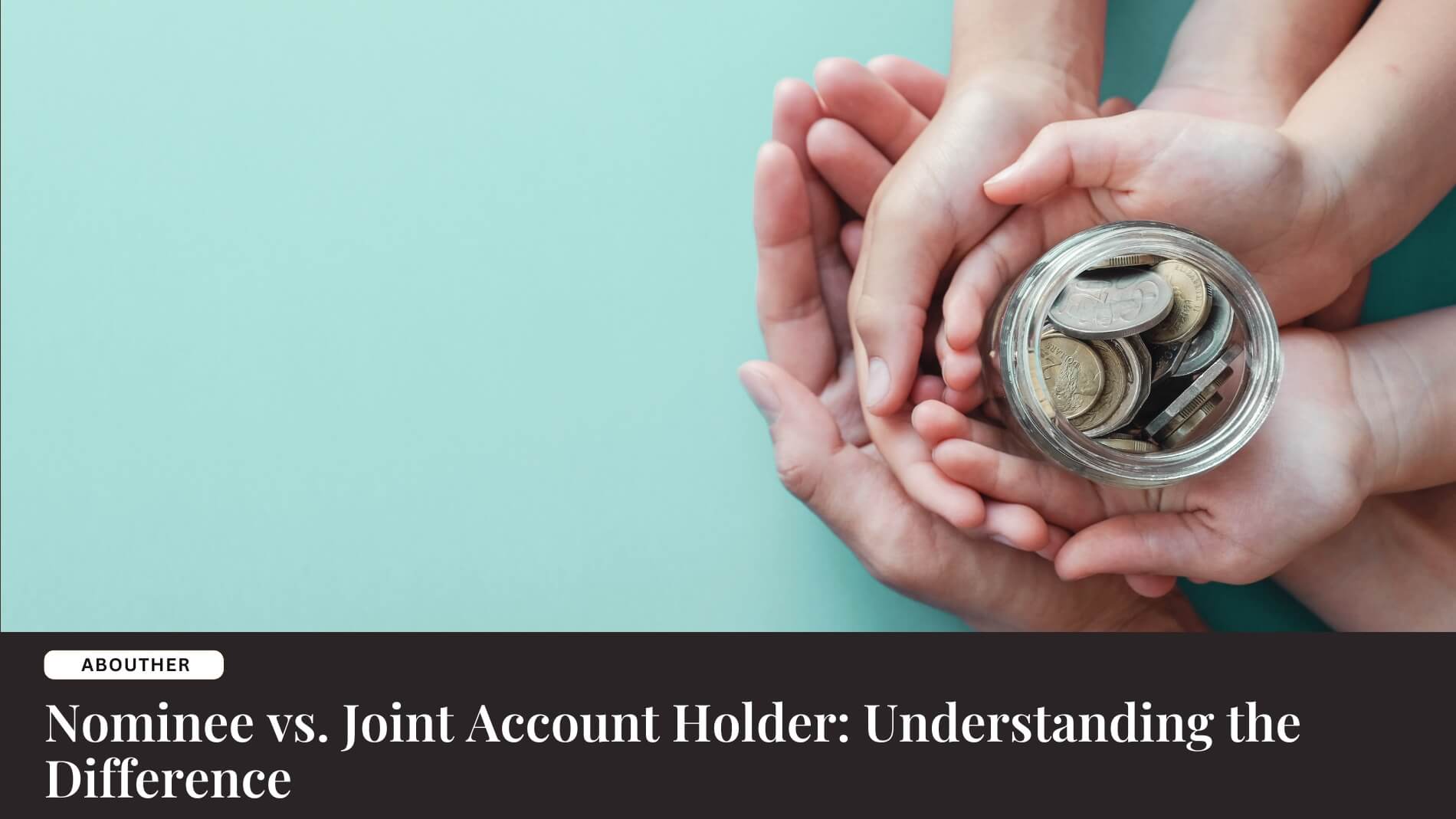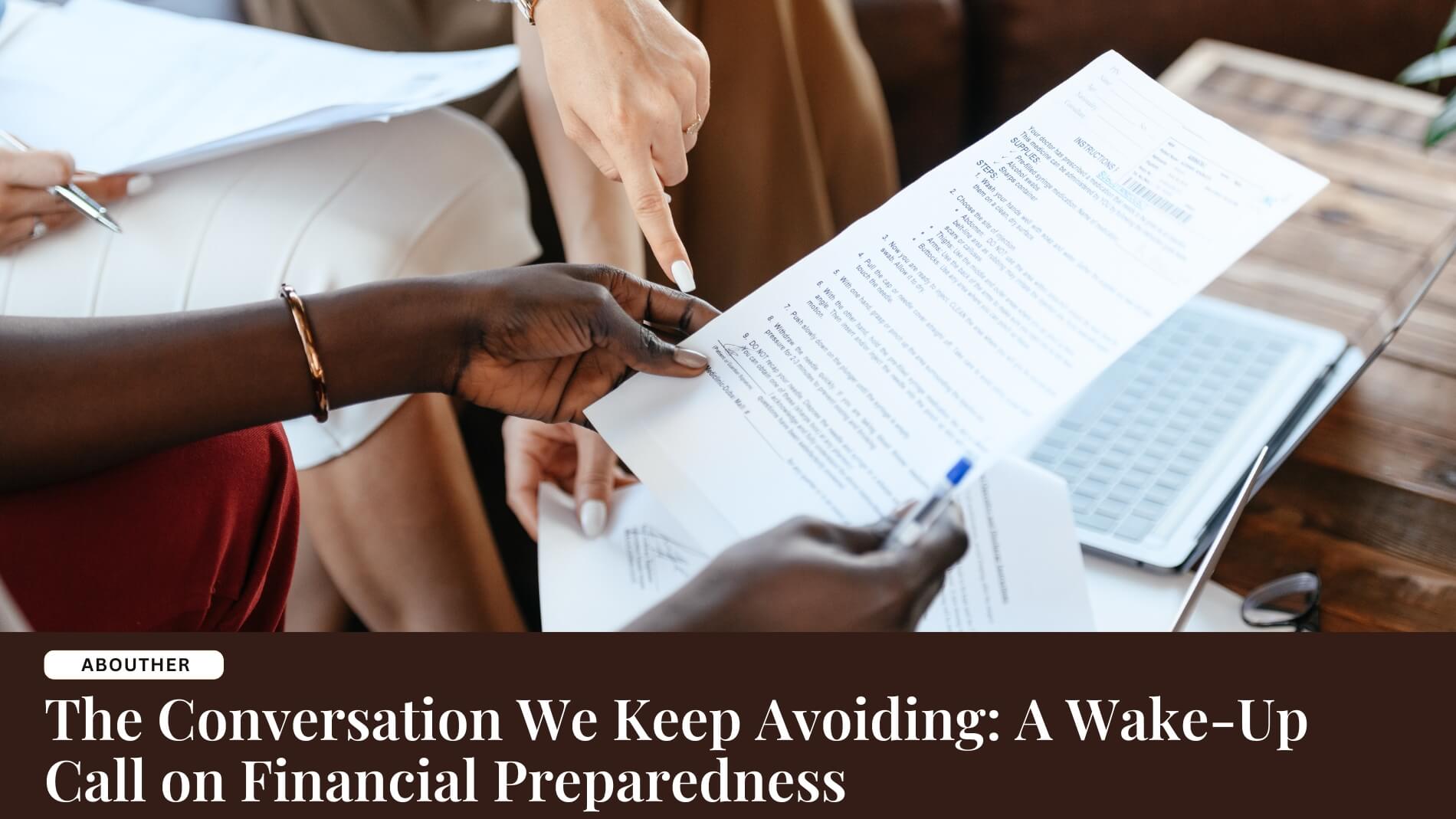The Power of “Pay Yourself First”
At AboutHer, we believe conversations about financial literacy for women are not optional—they are essential. This piece is part of our ongoing effort to simplify complex money principles and make them relatable. If you’ve always felt finance is “not your thing,” we hope this article reminds you that small, consistent steps can change everything. Your financial journey doesn’t need to be perfect; it just needs to begin. – Editor’s Note
Warren Buffett once said, “Do not save what is left after spending, but spend what is left after saving.” While simple, these words hold a powerful truth: financial discipline starts with prioritising your future, not just your present desires.
For women, who often juggle multiple roles—career, family, personal goals—this principle is a game-changer. It shifts the mindset from one of scarcity and stress to one of security and confidence. In a world where women frequently face unique financial challenges, “paying yourself first” can become not just a saving habit but a tool for empowerment.
Why This Matters for Women
Studies show that women often earn less than men over the course of their lifetime. The reasons are layered:
- Pay gaps still exist in many industries.
- Career breaks due to maternity leave, caregiving, or family responsibilities can impact continuity.
- The longevity gap means women generally live longer, requiring larger retirement funds.
This makes proactive saving essential. Waiting to save only what remains at the end of the month often results in zero savings, missed compounding, and added financial stress. For women especially, saving early and consistently can help counter systemic disadvantages.
By paying yourself first, you turn saving into a priority instead of a leftover. It’s the financial equivalent of putting on your oxygen mask before helping others.
The “Pay Yourself First” Principle
The beauty of this principle lies in its simplicity: treat saving as the first bill you pay each month. Here’s how to apply it:
Also Read: Why Every Woman Needs an Emergency Fund
1. Automate Your Savings
Treat your savings like a non-negotiable expense. Set up automatic transfers to your savings or investment accounts right after your salary is credited. This removes the temptation of “I’ll save what’s left.”
2. Invest Early
Even small amounts grow significantly over time through compounding. ₹1,000 invested monthly at an average annual return of 10% can grow to over ₹20 lakhs in 30 years. Starting early multiplies your financial freedom later.
3. Emergency Fund First
Build a fund covering 3–6 months of expenses. This cushion ensures job loss, medical emergencies, or family obligations never derail you. It gives you peace of mind and bargaining power in tough situations.
4. Separate Spending from Saving
5. Instead of wondering what’s left after shopping or bills, decide on a fixed saving amount first. Your lifestyle then adapts around your savings, not the other way around.
Overcoming Emotional Spending
Money is not just math—it’s emotions. Many women feel the pressure to “treat themselves” after hard work, or to meet family expectations. These emotional triggers can make disciplined saving difficult.
Here are a few ways to manage:
- Track your expenses: Awareness is the first step. Knowing where your money goes reduces guilt and guesswork.
- Set clear goals: Saving for a home, a solo trip, or retirement makes it easier to resist impulse buys.
- Celebrate small wins: Every milestone—first ₹50,000 saved, first SIP anniversary—deserves recognition. It makes the journey rewarding, not restrictive.
Think of saving not as deprivation, but as an act of self-love and future-proofing.
Actionable Steps to Start Today
- Choose a percentage: Decide on 10–15% of your income as your minimum saving goal. Increase this over time as your income grows.
- Use separate accounts: allocate different buckets for long-term goals (such as retirement and a child’s education), short-term goals (like a vacation or a new laptop), and emergency funds.
- Review quarterly: Life changes, and so should your budget. A quarterly review helps you stay aligned and focused.
- Educate yourself on investments: Learn about mutual funds, SIPs, retirement plans, and index funds. Knowledge makes you confident and helps your money work harder.
A Broader Perspective: Why “Pay Yourself First” Builds Independence
For women, financial independence is more than just having money in the bank; it’s about having the freedom to make informed decisions. It means freedom of choice. It means being able to walk away from toxic workplaces or unhealthy relationships because you are not financially trapped.
It also sets an example. Children, spouses, and peers learn from watching women manage money with confidence. By practising this discipline, women can rewrite generational narratives around money.
Conclusion
Financial independence begins with a single, powerful step: paying yourself first. By making saving a priority, women not only secure their future but also gain the confidence to make empowered life choices.
💡 Remember: Your future self will thank you for every rupee you saved today. The earlier you start, the lighter and freer your future feels.
Share This On Social
![Sangeeta-Relan-AH-525×410[1]](https://slategray-flamingo-696901.hostingersite.com/wp-content/uploads/2024/06/Sangeeta-Relan-AH-525x4101-1.jpeg)
I’m Sangeeta Relan—an educator, writer, podcaster, researcher, and the founder of AboutHer. With over 30 years of experience teaching at the university level, I’ve also journeyed through life as a corporate wife, a mother, and now, a storyteller.
Recent Posts

















